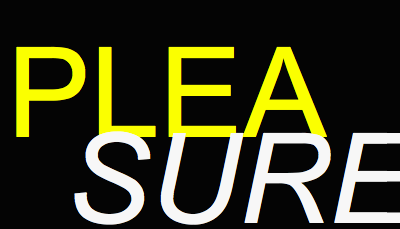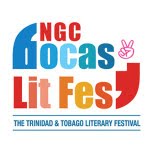The Hobbit is easily the best of the Lord of the Rings films. It's powerful and self-assured and I
found it far more enjoyable than the previous two instalments. Perhaps what causes this is
a combination of factors including: a more conscious effort to cultivate areas of ambiguity in the plot
while keeping that plot elegantly focused; the sense that a mythic world is
being powerfully reinforced; and knowledge of the events which are to unfold in
the later movies and the resultant sense of dramatic irony bathing everything.
On the
first point, consider the opening montage recalling the fall of the Dwarf city
Erebor to the dragon Smaug, the key event that sets in train the action of the
film. It is suggested that the timing of this event is linked to the discovery
of a strange stone – called the Arkenstone – in the depths of the mines beneath
the city. Like the titular rings of the series, the stone has an effect on
whoever possesses it; the power represented in the inanimate object achieves a
kind of physiological corruption. The causal connection between the stone and
Smaug is never explicitly explained but the narrative seems to hinge on some
unspoken force, suggesting a moral compass rather than stating it. As in a
parable or myth, we are invited to wonder about the link between the physical
and the moral: corruption of the soul (greed) appears to invite a physical
attack on the city. In the end, the film never shows us Smaug overtaking the
city. The entire sequence makes clear that he takes over Erebor without
actually showing his face. What we do see are silent mountains of gold, hoarded
by the Dwarves, glimmering, bringing fire and doom.
Then there
is the matter of the 3-D which is something of a gift: giving us Gollum
like we have never seen him before. Gollum was already creepy in 2-D CGI but to
see his eyes glow after catching a sliver of light in 3-D is to better
appreciate his animus.
Another
aspect of the older films heightened in this movie is the use of the eagle as a
kind of motif. As in the Return of the
King, eagles arrive at a key point to save the day. They were seen on-screen
briefly and almost indirectly in the last movie. Here, Peter Jackson gives us
more time with them, to see them clearly against the sunlight, though they
never take over the show as the Tiger does in Ang Lee’s Life of Pi. These eagles ask us to accept them as symbols. At the
same time, and much like the Tiger in Life
of Pi, they cut open the narrative and ask us to accept something more
sublime and ambiguous than just an easy metaphor involving the role of the United States
There has
been much discussion of The Hobbit’s
high frame-rate, but this will not be a factor in most cinemas which are not
equipped to play the new format (which supposedly renders a sharper image). Though
it’s easy to say this film was nothing more than just another money-making
opportunity for the producers, I found The
Hobbit to be the justifiable foundation stone upon which all the other
films are built. In this movie, there is the clear sense of being enmeshed in
another world, a sense exquisitely heightened by the 3-D which – more than just
being a means to justify a higher ticket price – allows greater room for differing
textures of golden light and for a deeper immersion into that never-ending darkness
Milton described in Samson Agonistes
(“O dark,
dark, dark, amid the blaze of noon / Irrecoverably dark, total eclipse”). The film, one of the best of the
year, provides spell-binding sequences which linger in the mind. It is a
majestic entertainment.
****




















